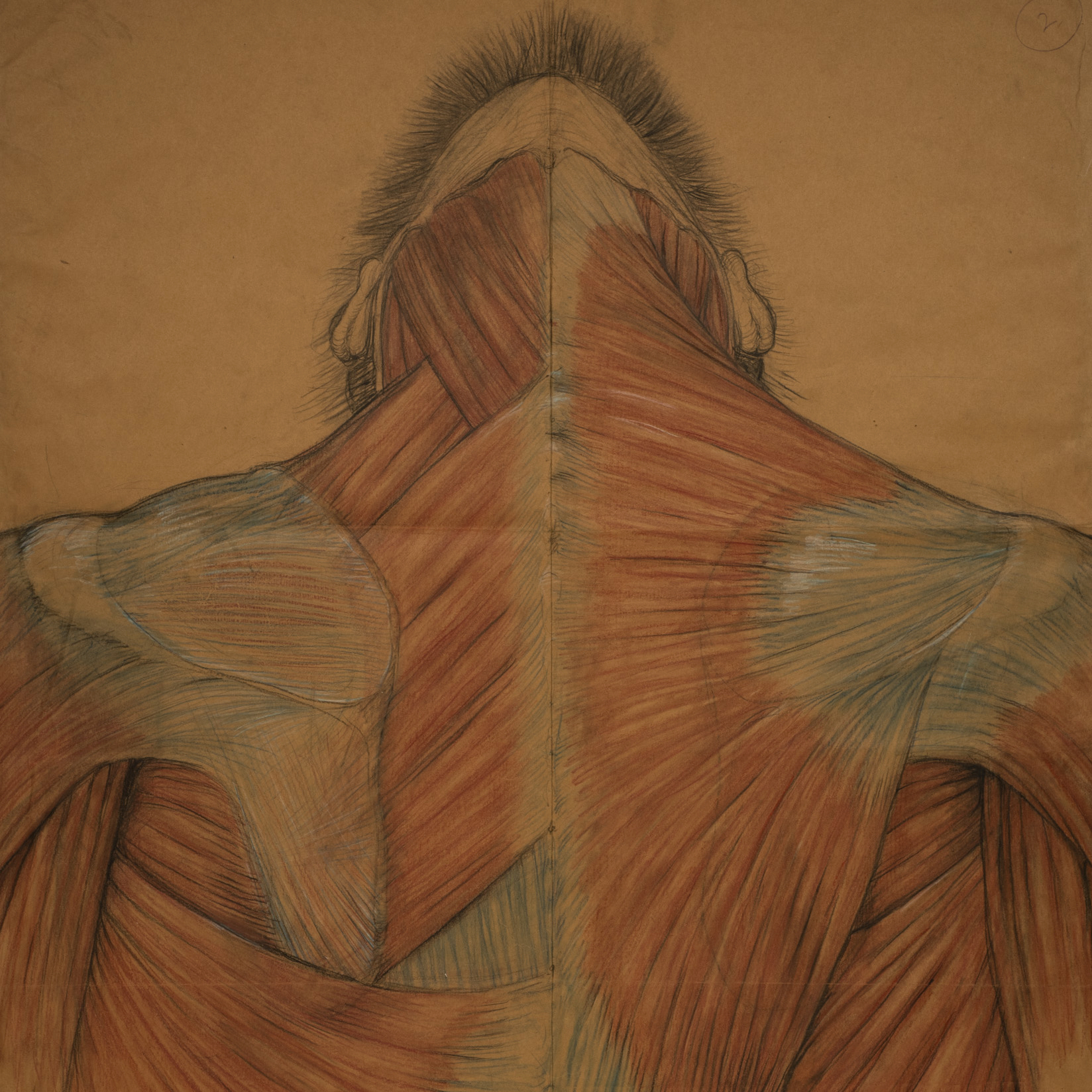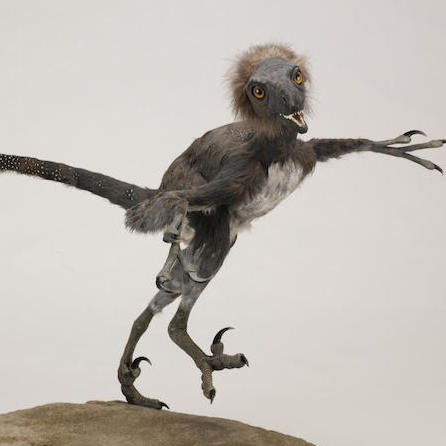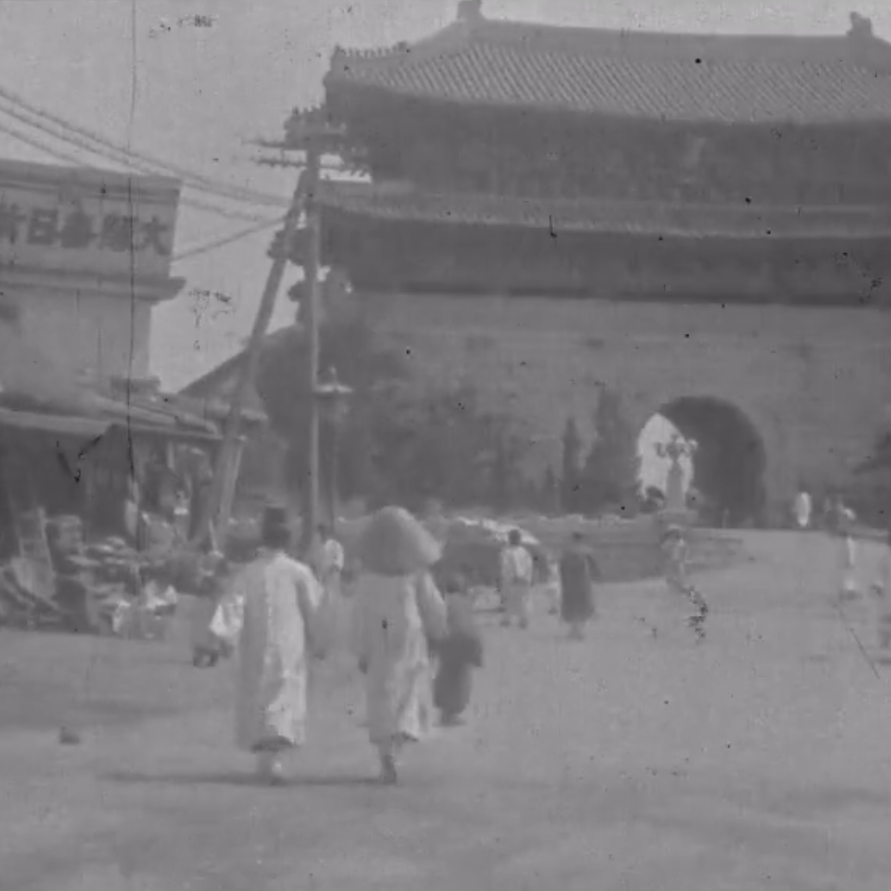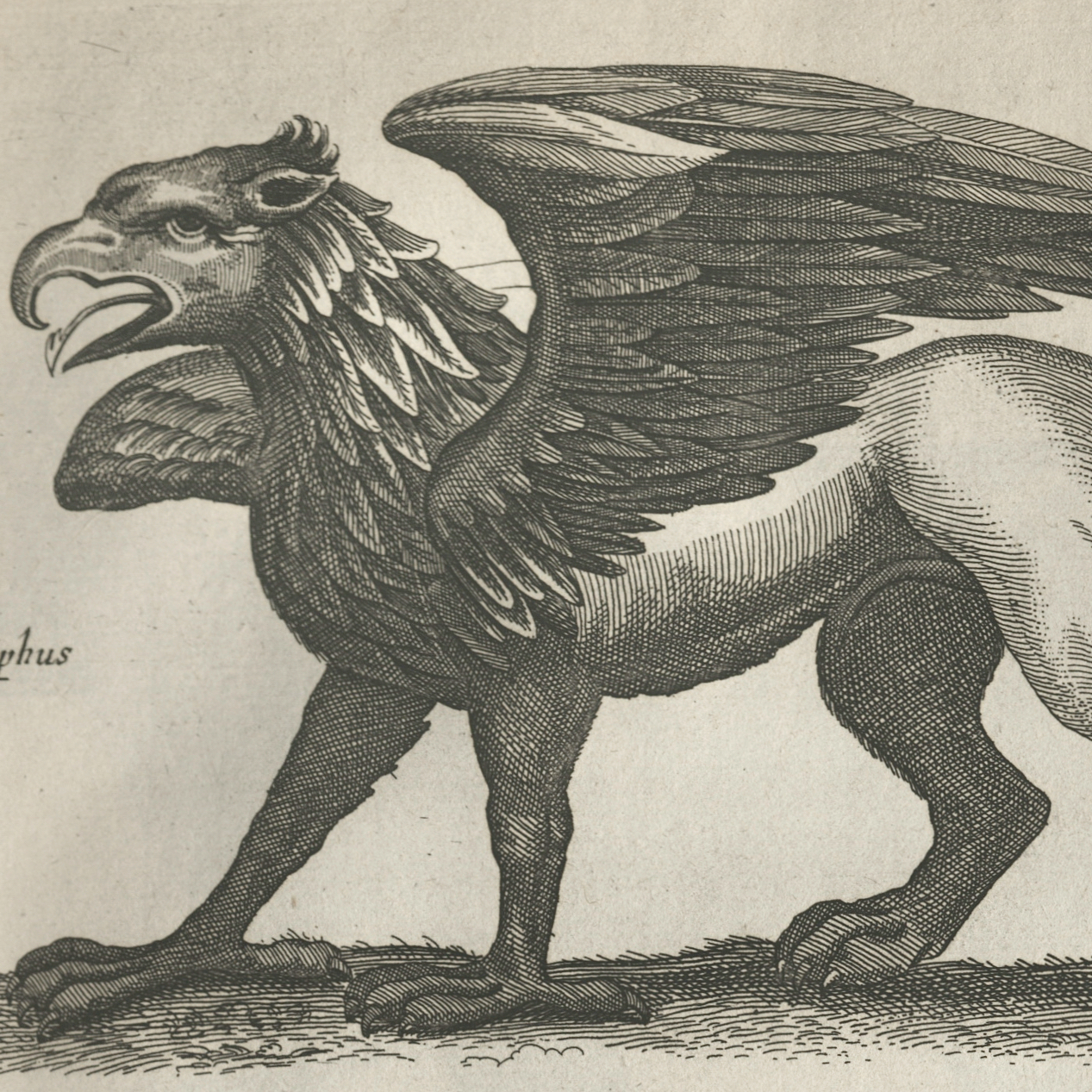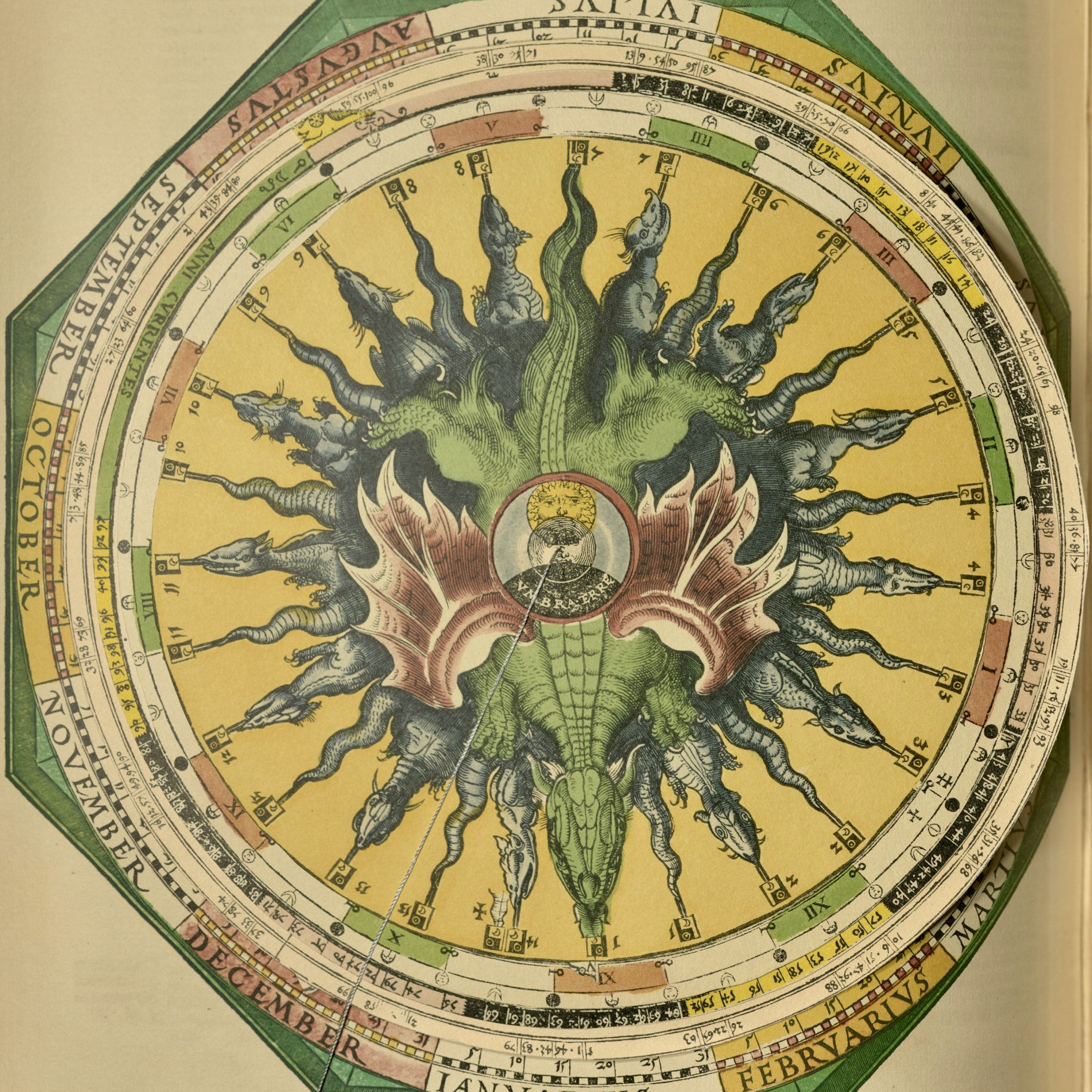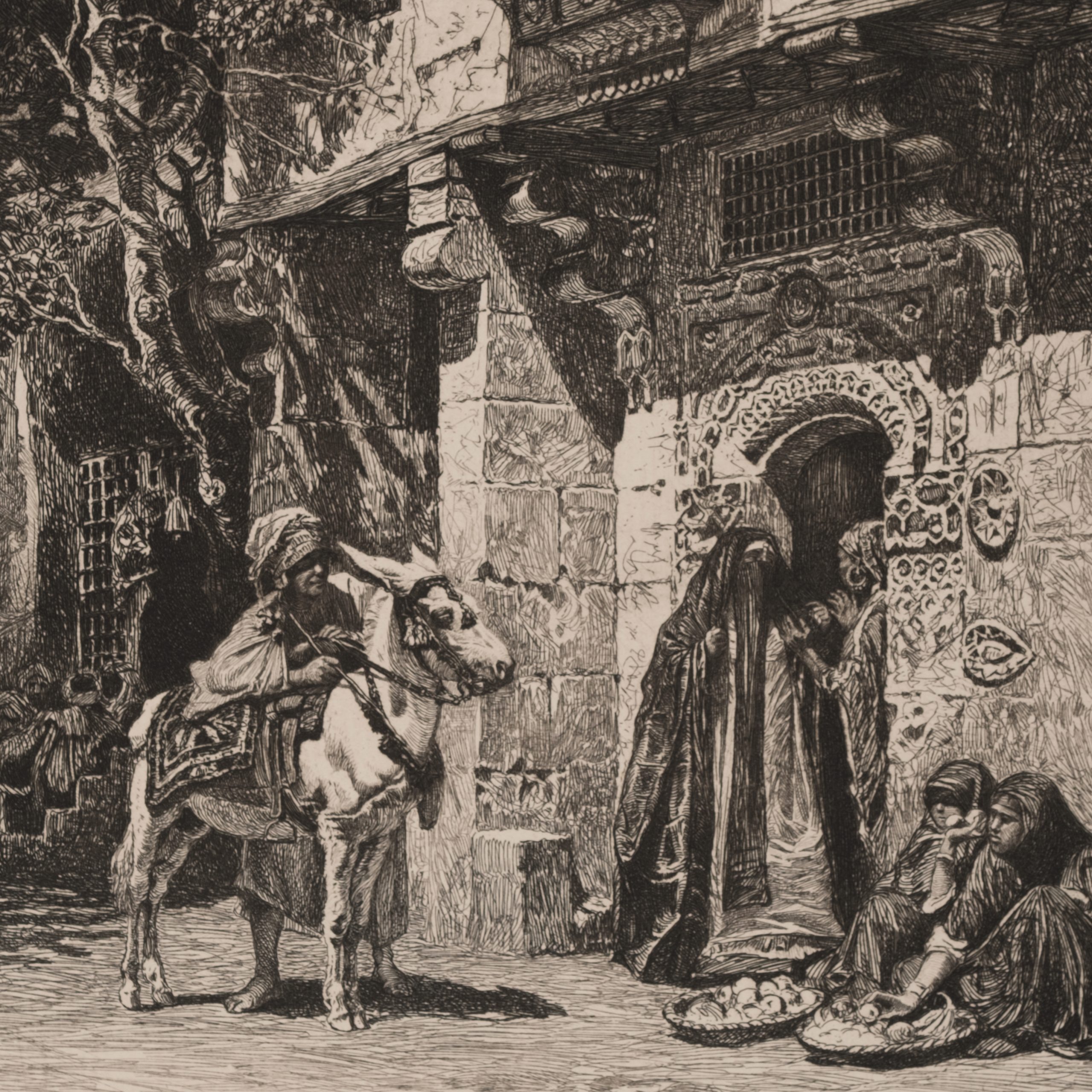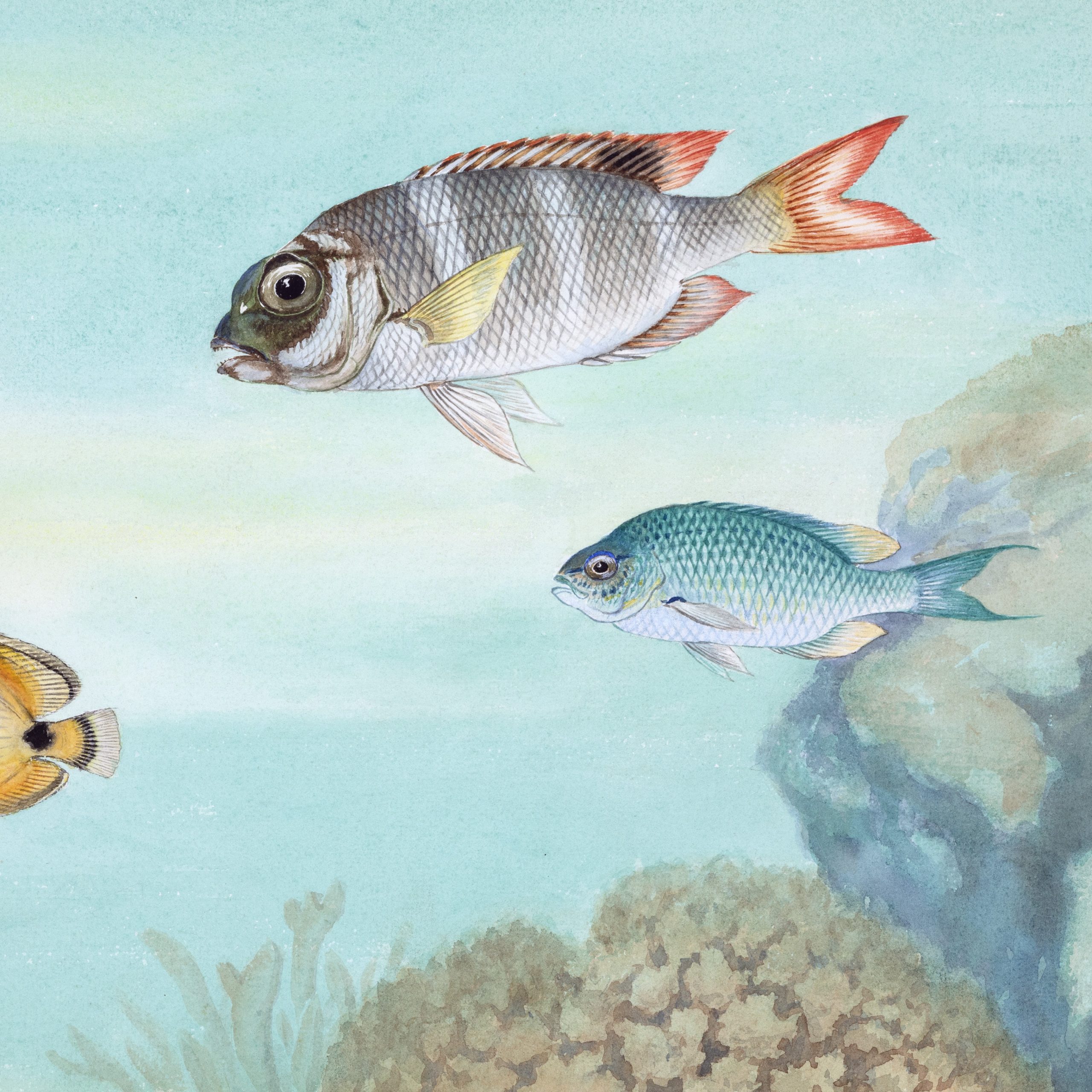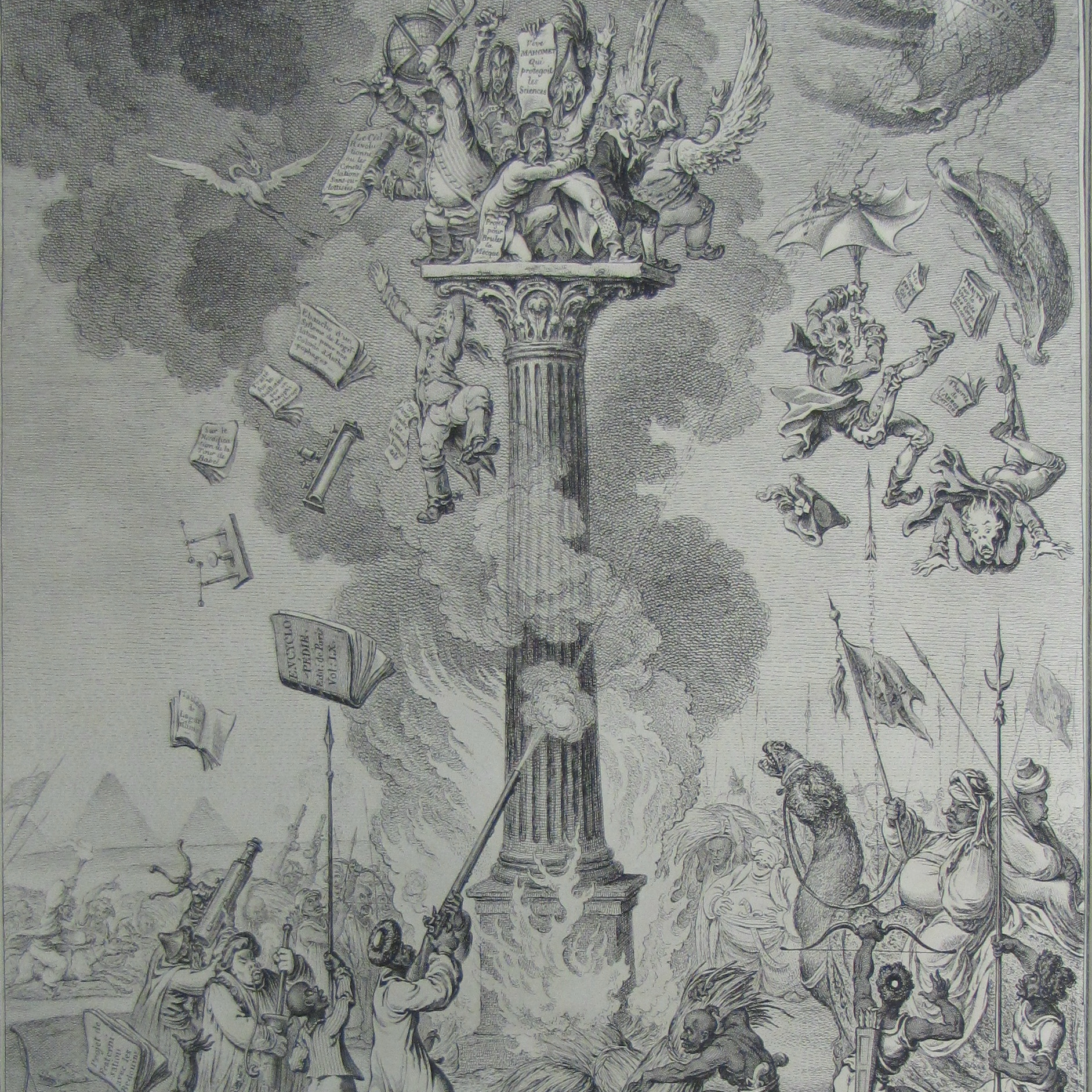Model Farm Layout
Prepared by Mr. and Mrs. L. B. Crandall of Storrs, CT.
Hartford Mid-Winter Fair, January 23–27, 1923.
These pieces of a model farm were exhibited in the Hartford Mid-Winter Fair of 1923. The University of Connecticut, then known as Connecticut Agricultural College, was founded in 1893 after Yale University ceded their status as a land-grant institution to a small agricultural community in Storrs, Connecticut. The US Land-Grant System, established by the US legislature with the Morrill Acts of 1862, 1890, and 1994, designates federal funding to the agricultural, mechanical, and military education for working-class communities. Land-grant universities also were the recipients of U.S. government's continued land theft from Indigenous peoples; see Robert Lee’s and Tristan Ahtone’s crucial article on this history.
Following the shift of funds from Yale to Storrs, resentment festered between the two universities well into the 20th century. During the early development of Storrs Campus, Yale wrote a scathing assessment of its progress in the New Haven Register: “Connecticut has managed to acquire an institution that is at once a farce and fake…. [T]he faculty collected by the board has been enough to damn any institution….The scholarship has been of the poorest quality….A diploma from Storrs has never stood for serious training and high scholarship.” Participation in local fairs like the Hartford Mid-Winter Fair might have been clever advertising to suggest that Connecticut Agricultural College was indeed credible and extremely skilled in educating local future farmers and other important community members despite Yale’s complaints.
Whatever the reason for participation in the Mid-Winter Fair, the Model Farm was well received by the local community. The Storrs campus newspaper, The Connecticut Campus, wrote the following review of the model:
A very novel attraction will show the work done by the Extension Department. A model farm layout will be shown in miniature. In the farmhouse, an extension nurse will be doing her important work, while in the kitchen of the same house a demonstrator will be preparing vegetables, and still another will be sewing. In the barns on this farm people will see a cow eating a well balanced ration, fed by a C.A.C. [Connecticut Agricultural College] graduate, and producing a full pail of milk. The horses on this farm also eat home mixed rations in preference to commercially mixed feeds. The poultry house contains a flock of good type and healthy hens all on nests and laying, while a poor type, off color chickens stands around earning no money, but consuming feed. There are practical demonstrations being held in the orchard and the potato field of the farm; the latter demonstration calling attention to the value of using certified seed potatoes.
At the Mid-Winter Fair, the College presented itself as a valuable community resource and as an authority on agricultural matters. Events like exhibitions at museums and fairs confer expertise status to their participants. This model farm represents an acceptable source of public knowledge regarding local farming education.
Written by Katrina Kish with assistance from Kristin Eshelman
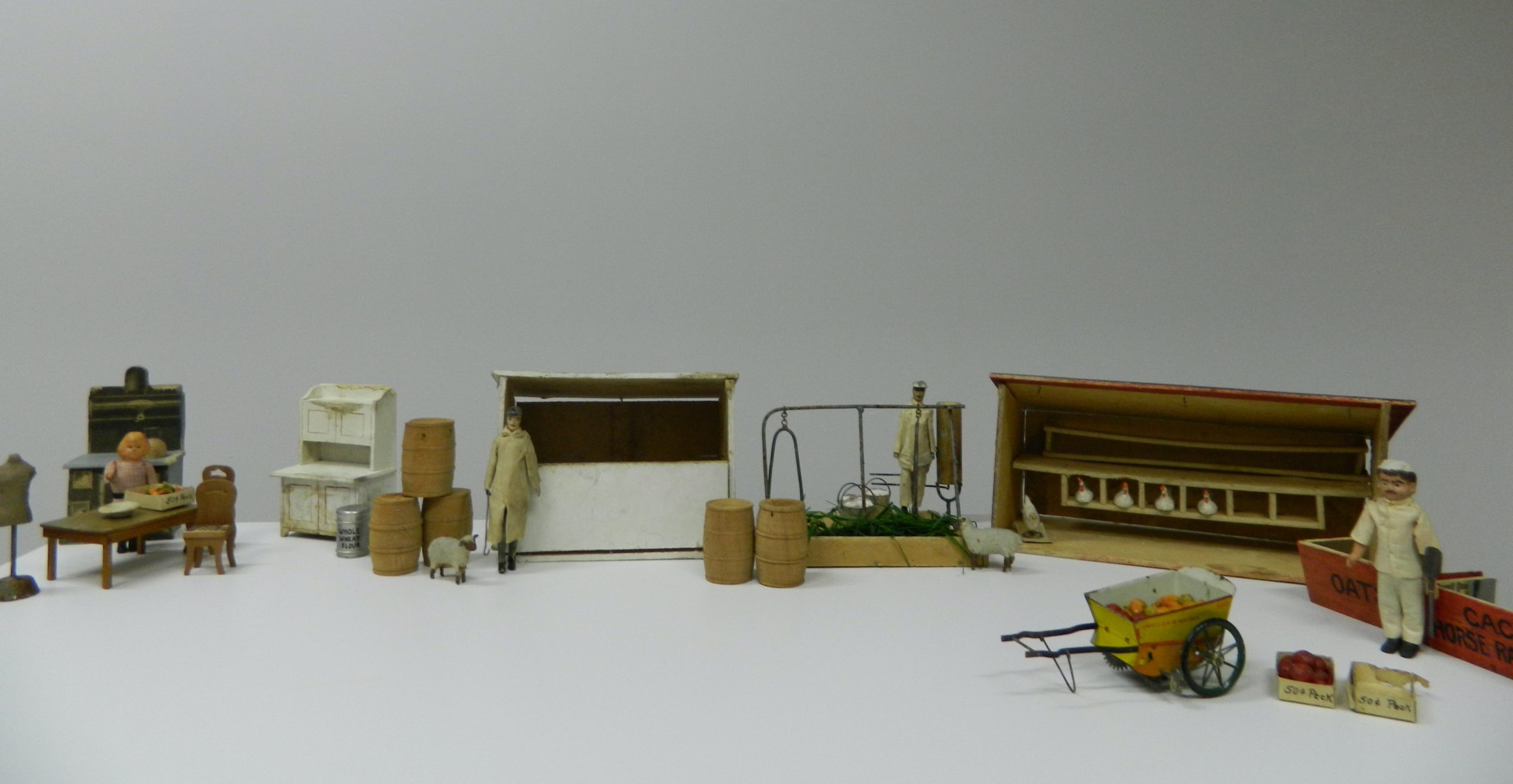
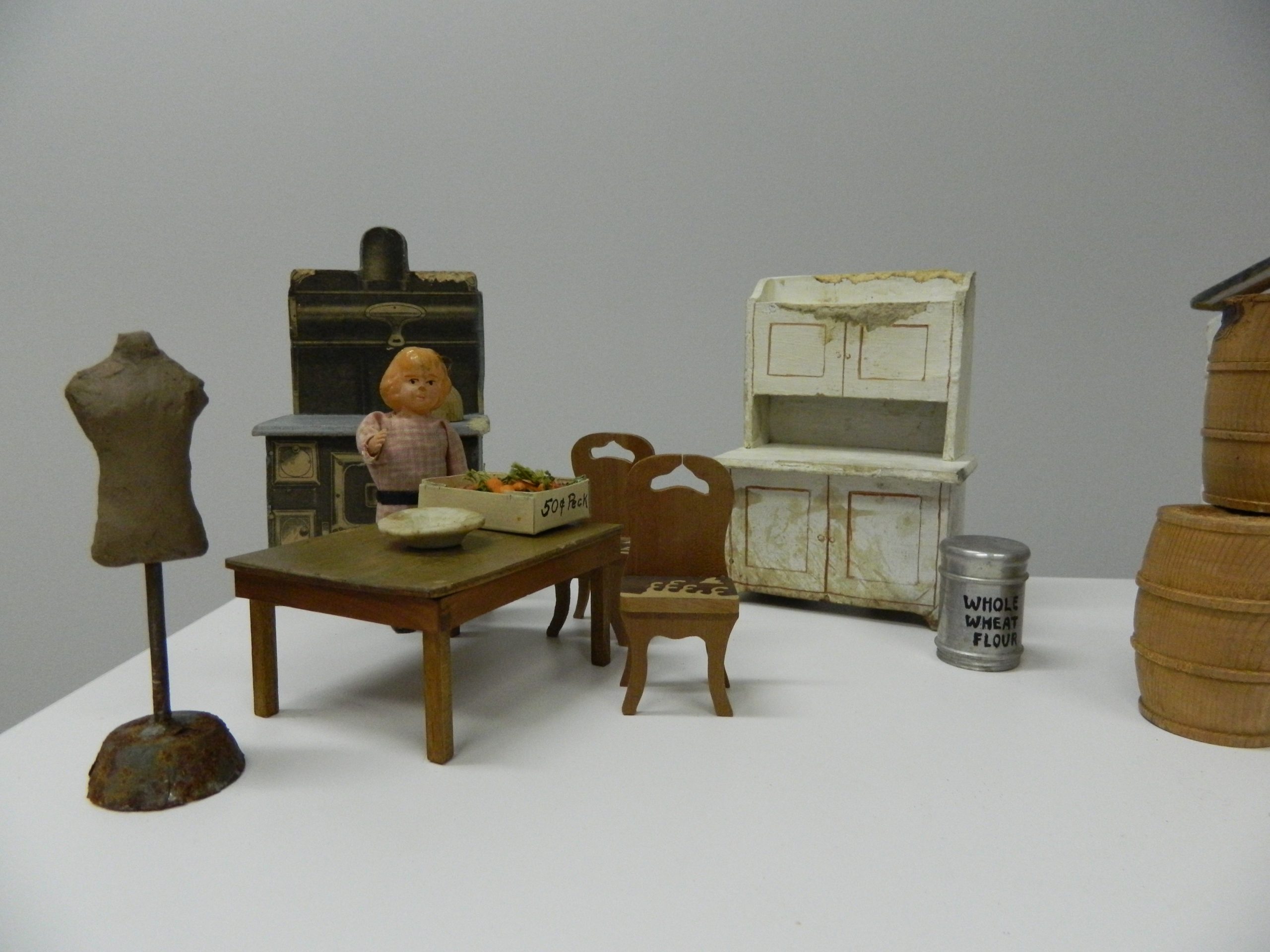
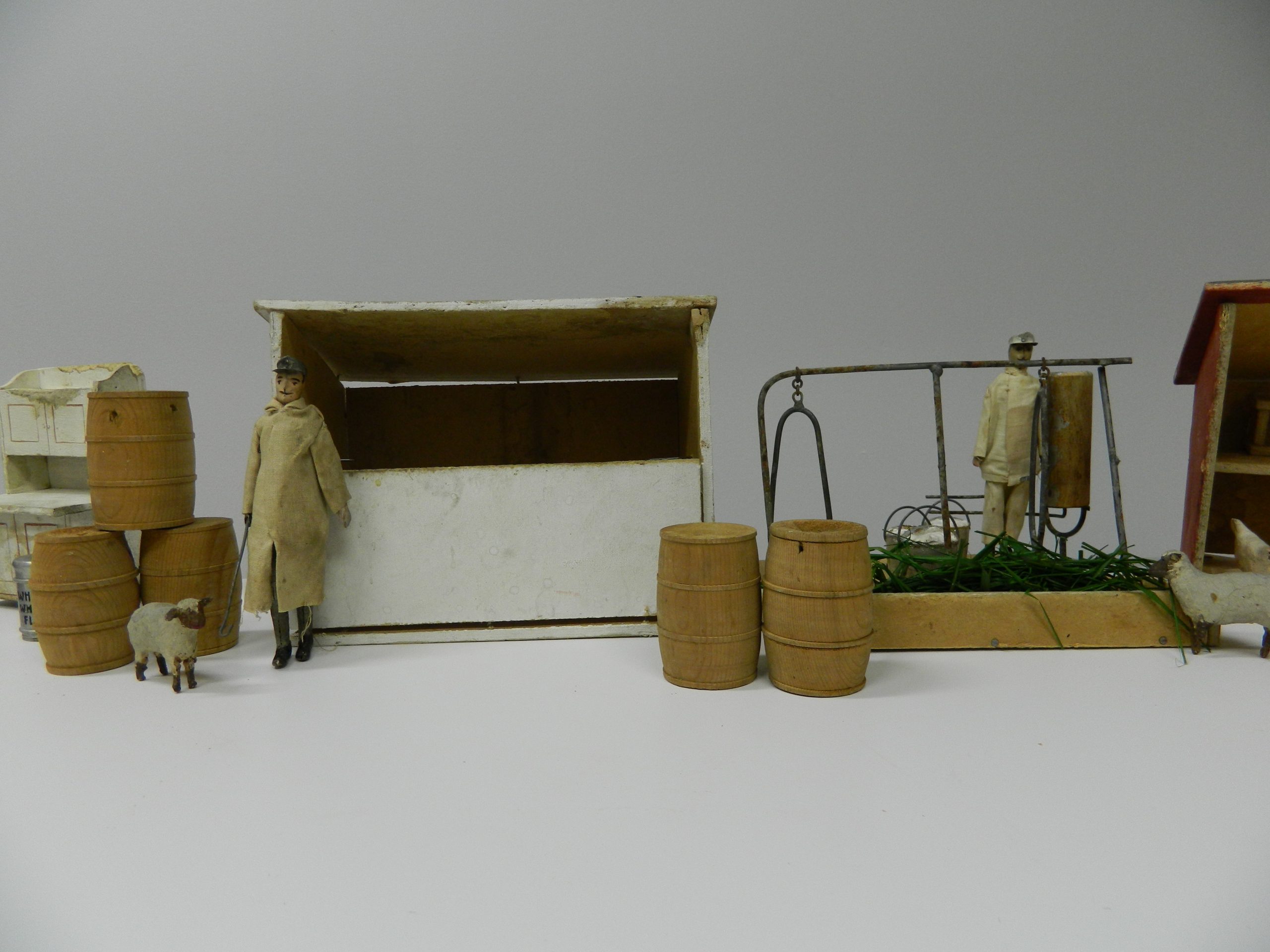
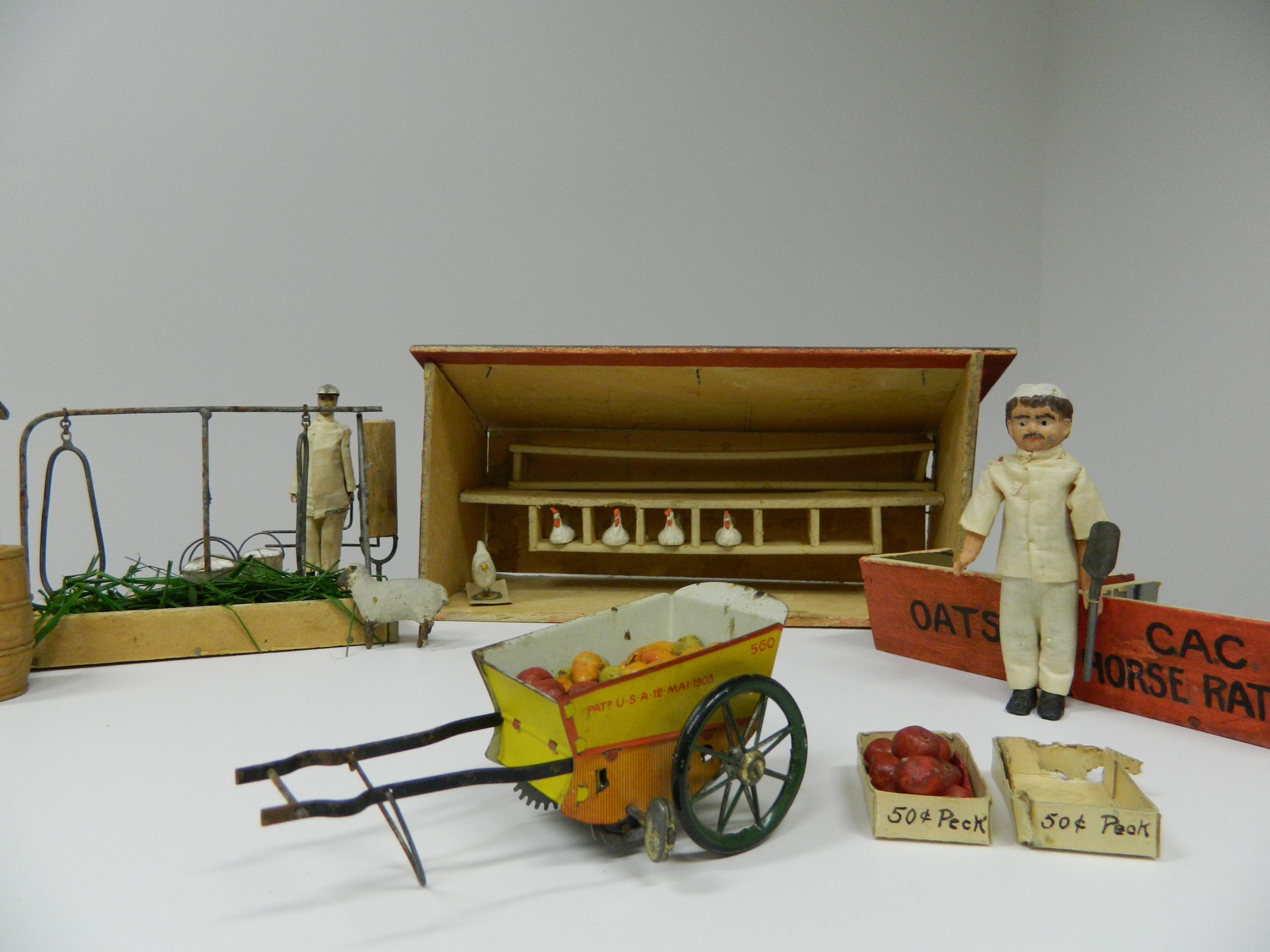
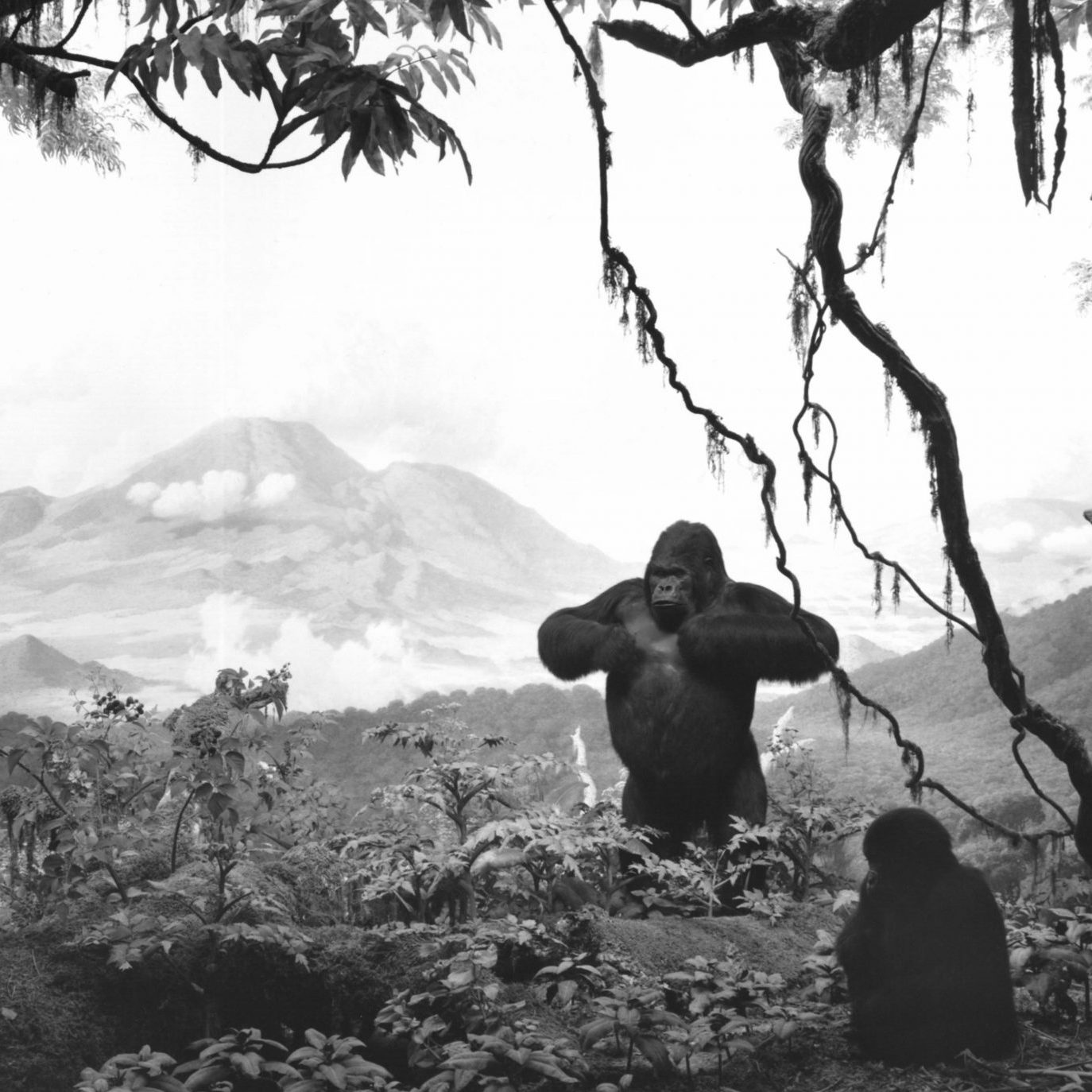
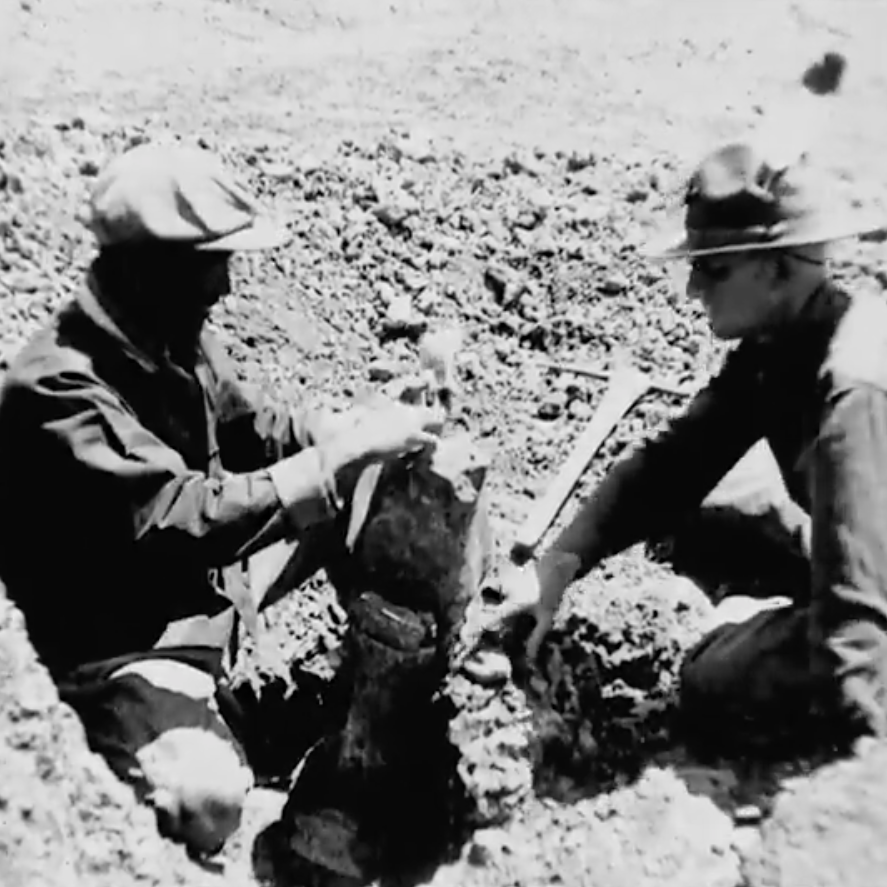
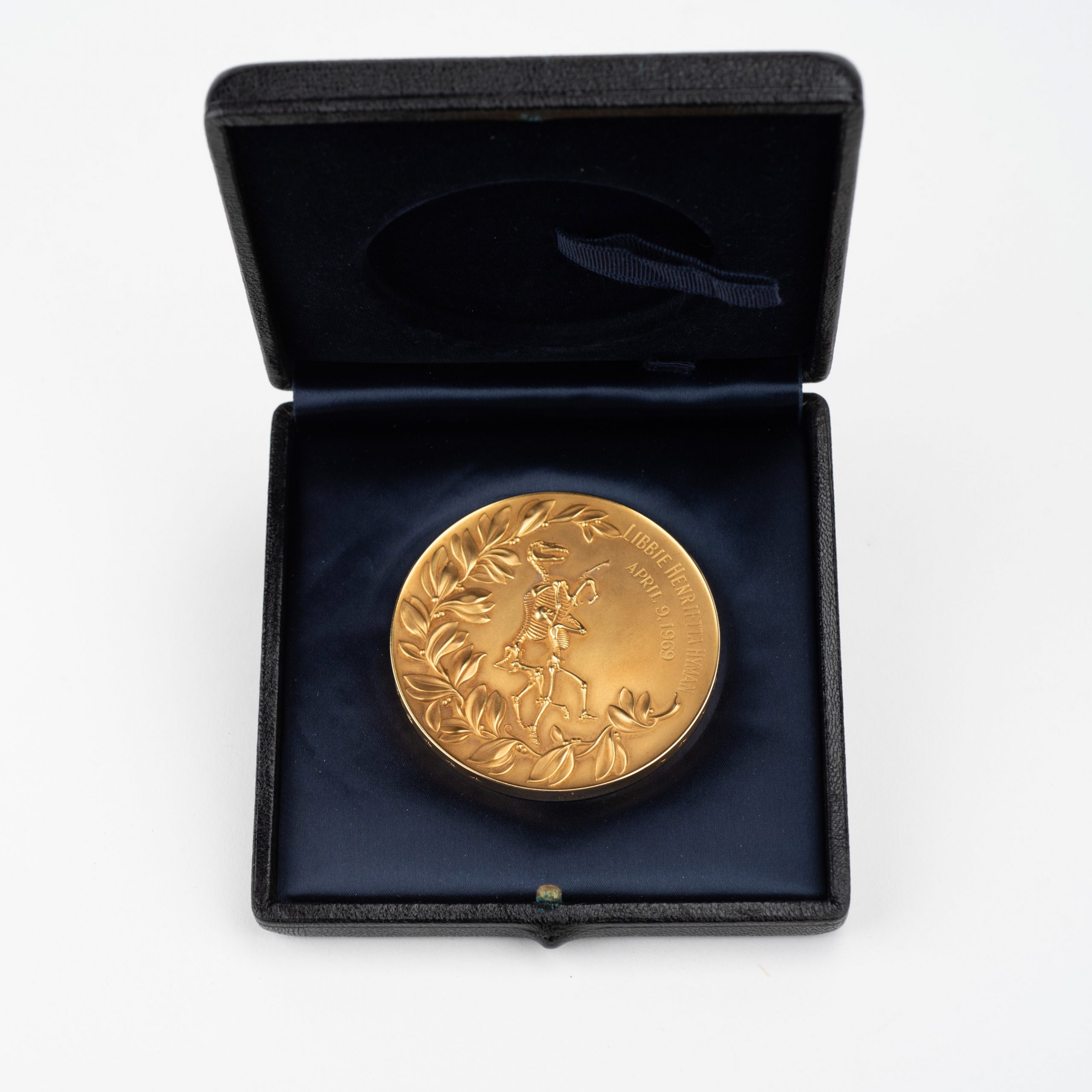



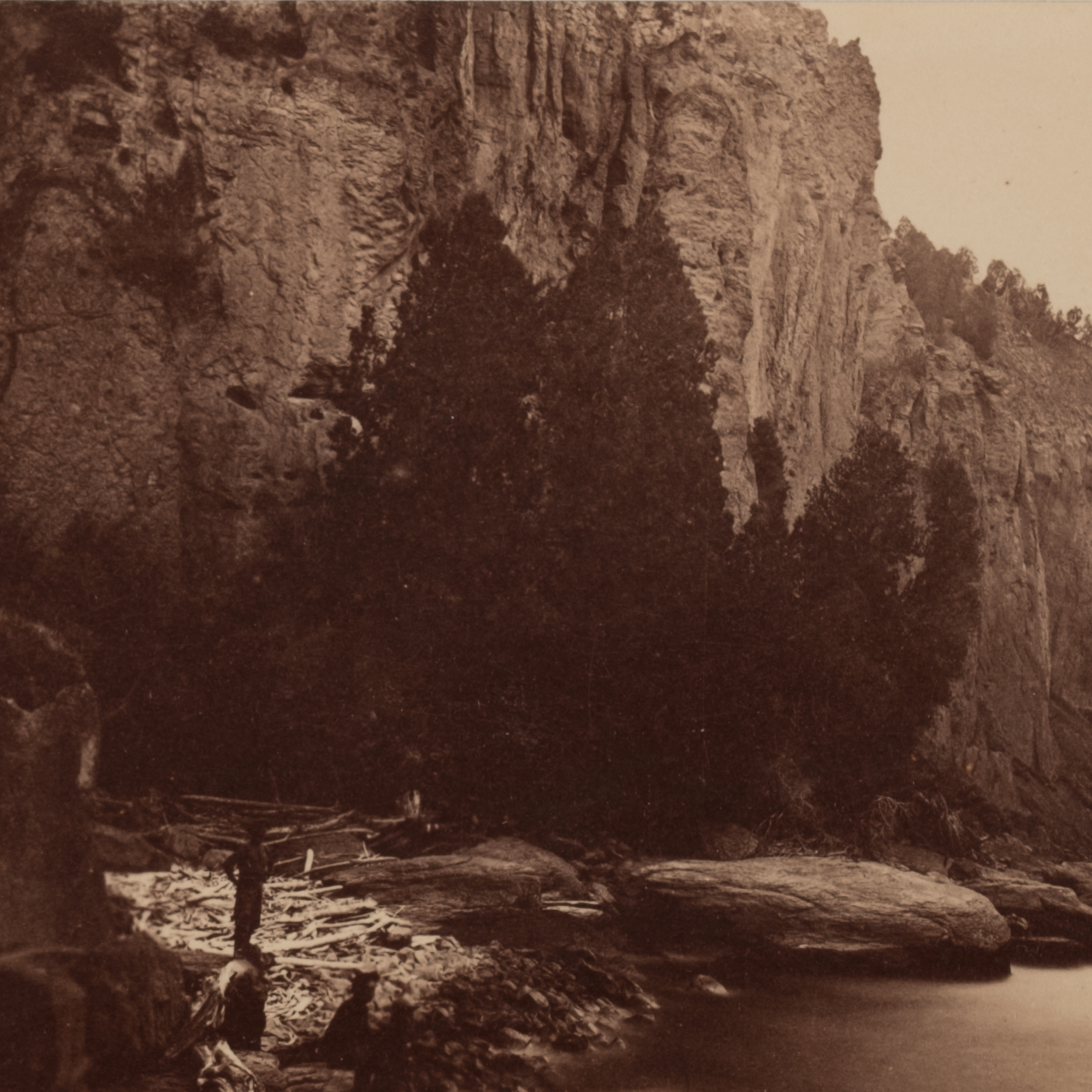





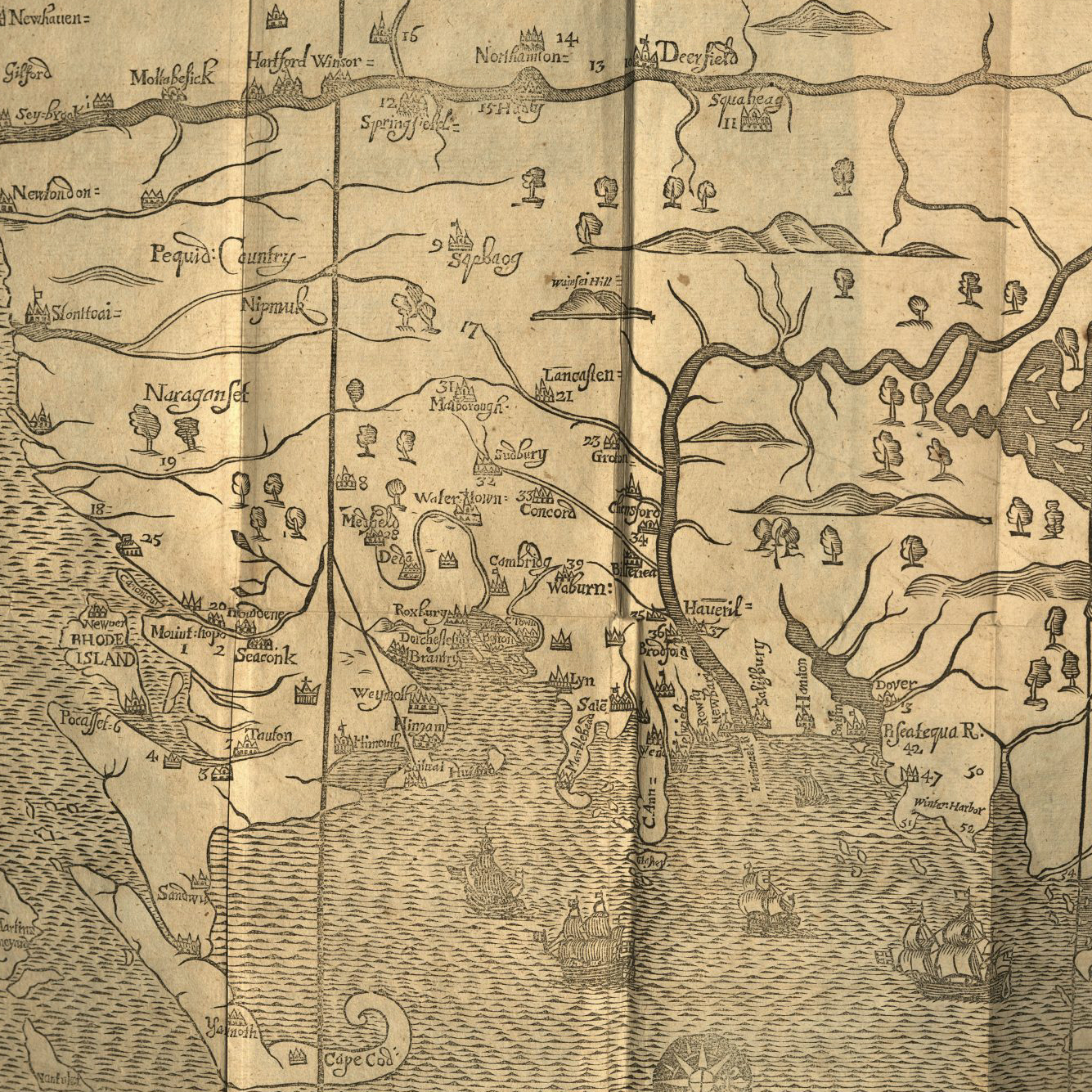
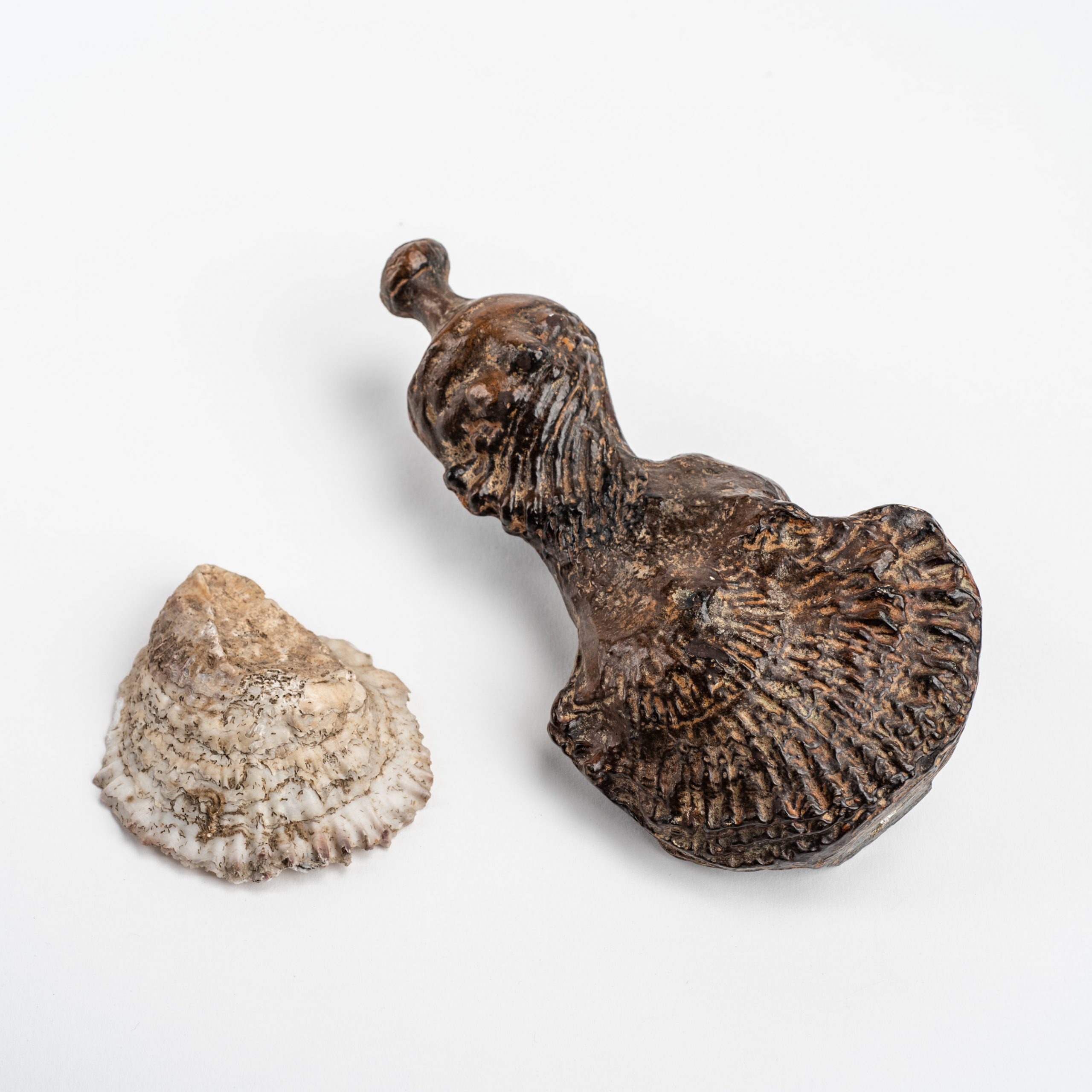
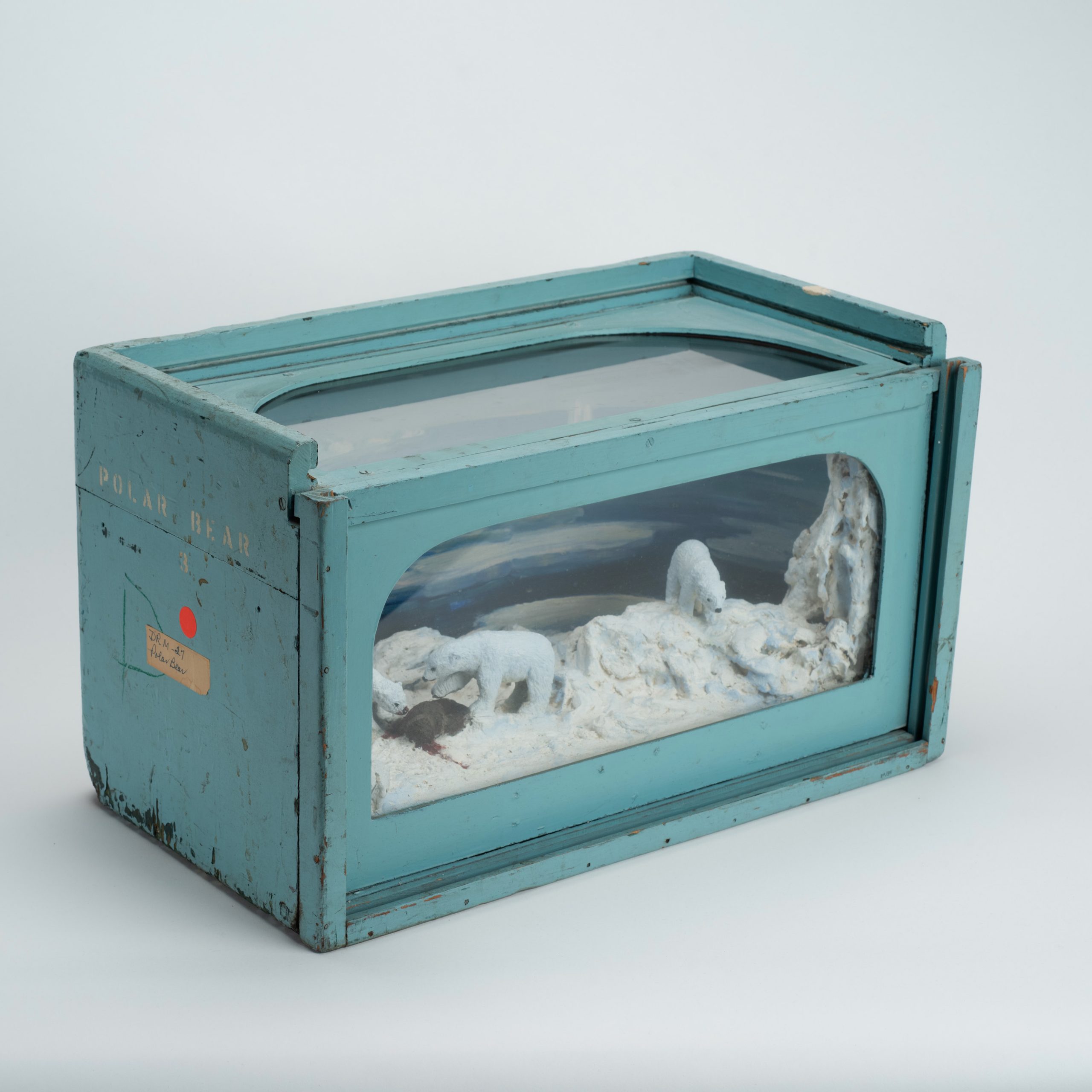




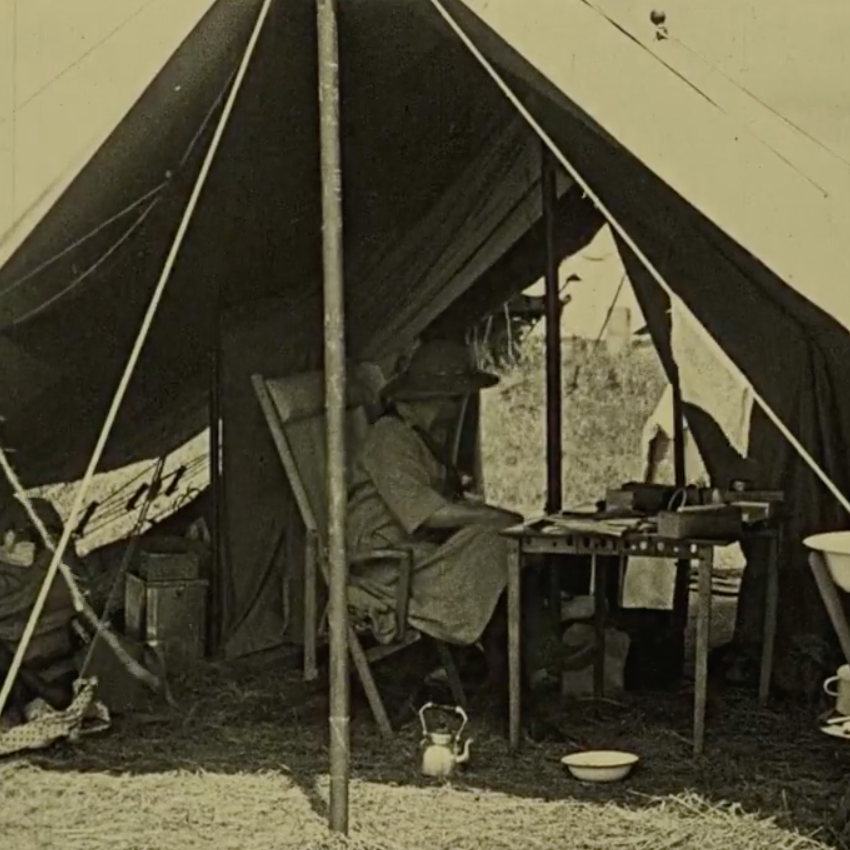
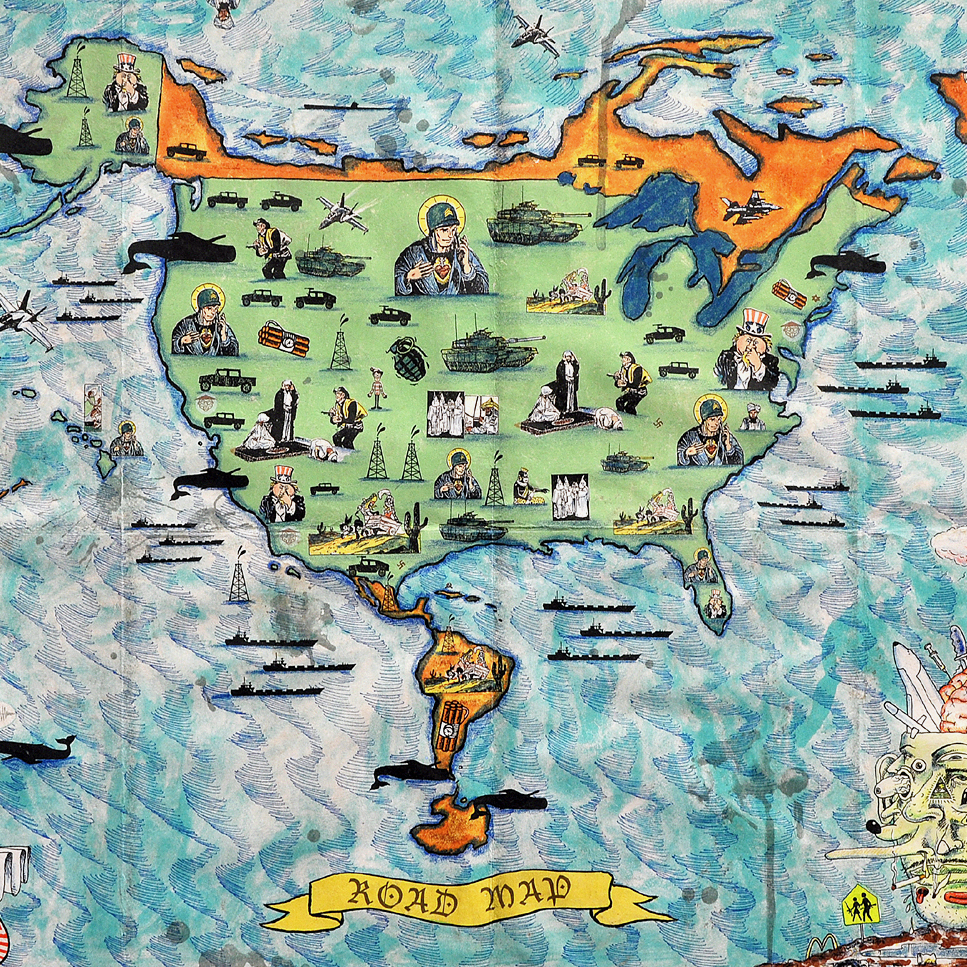

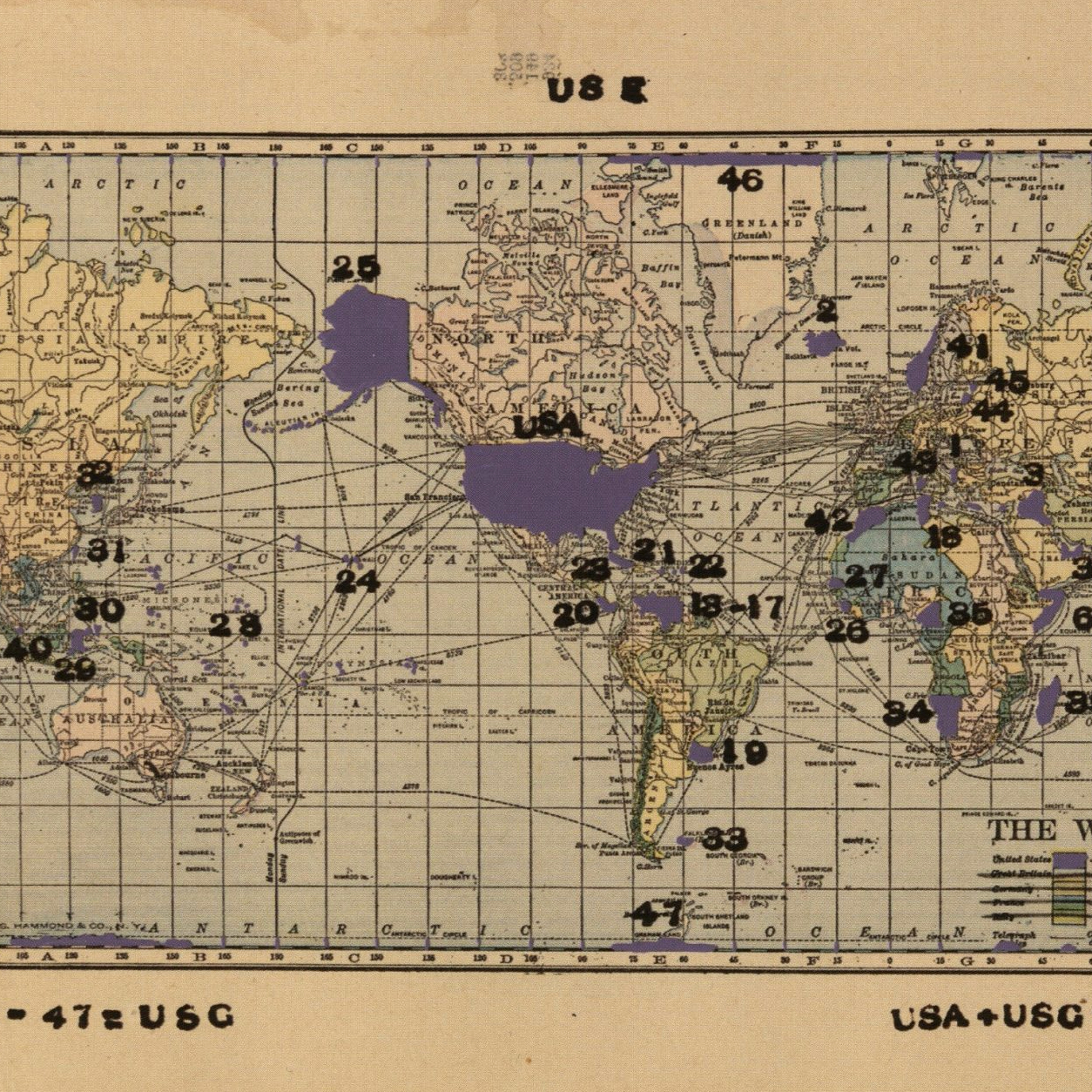
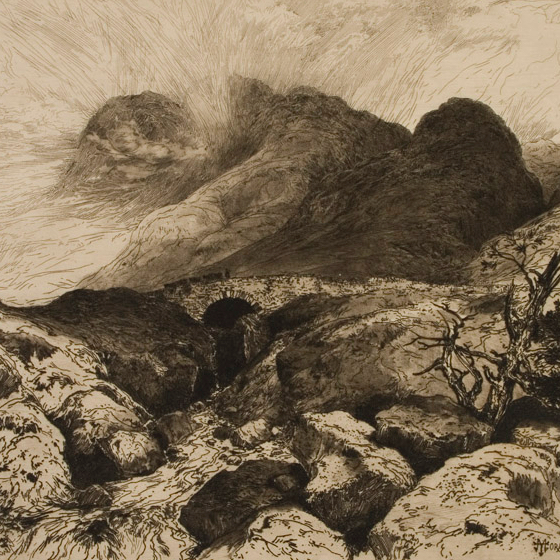
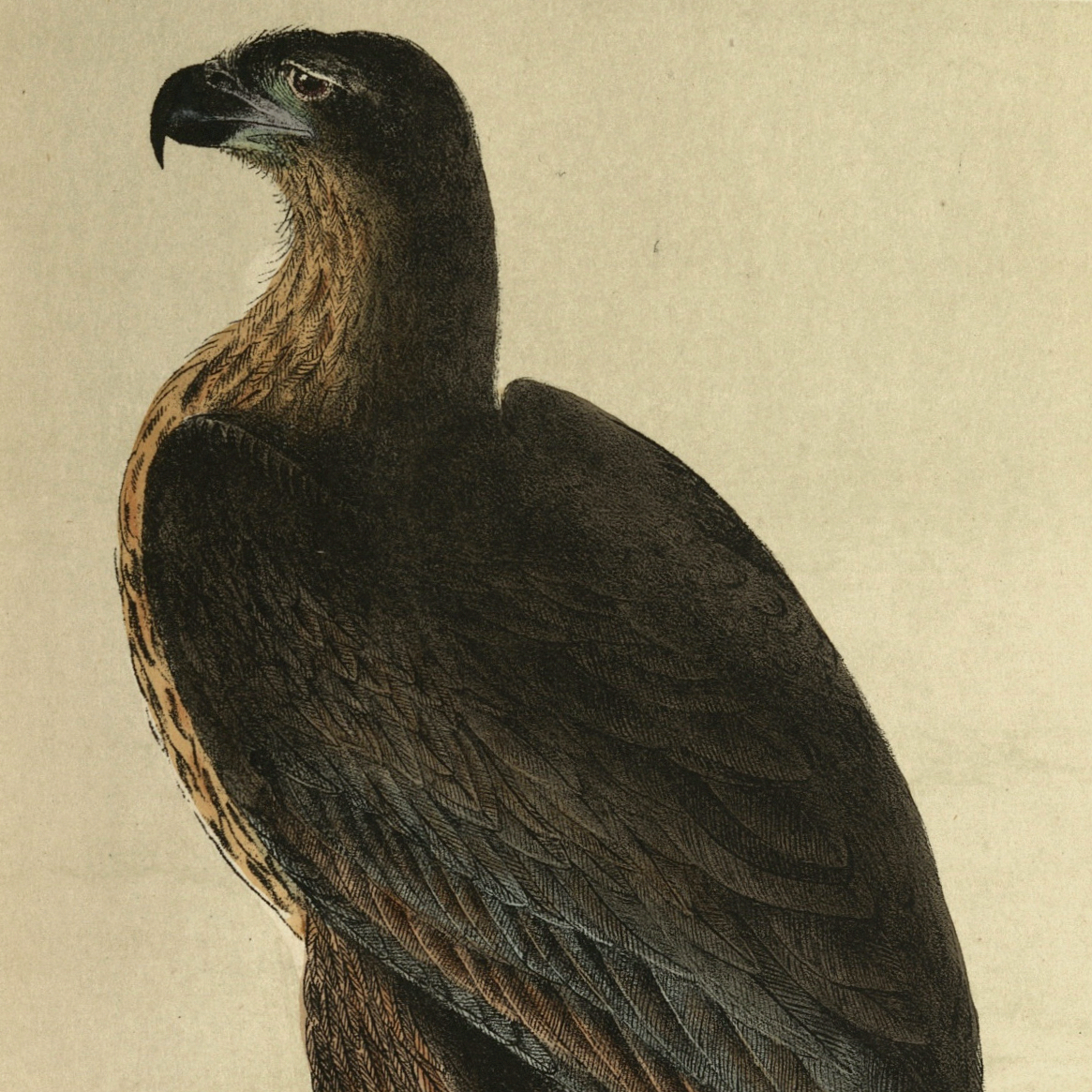
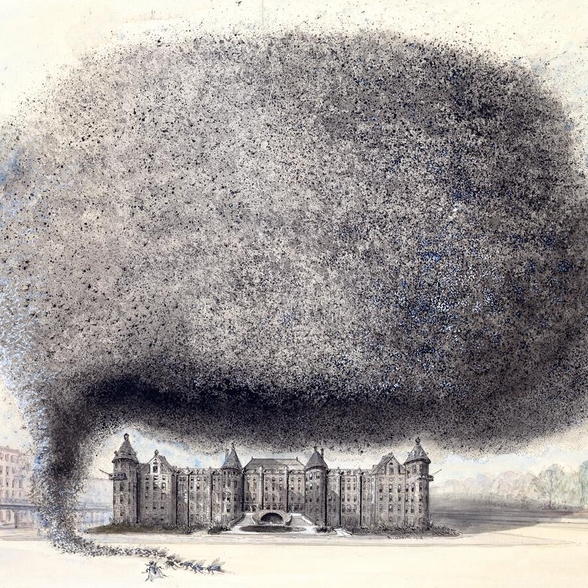
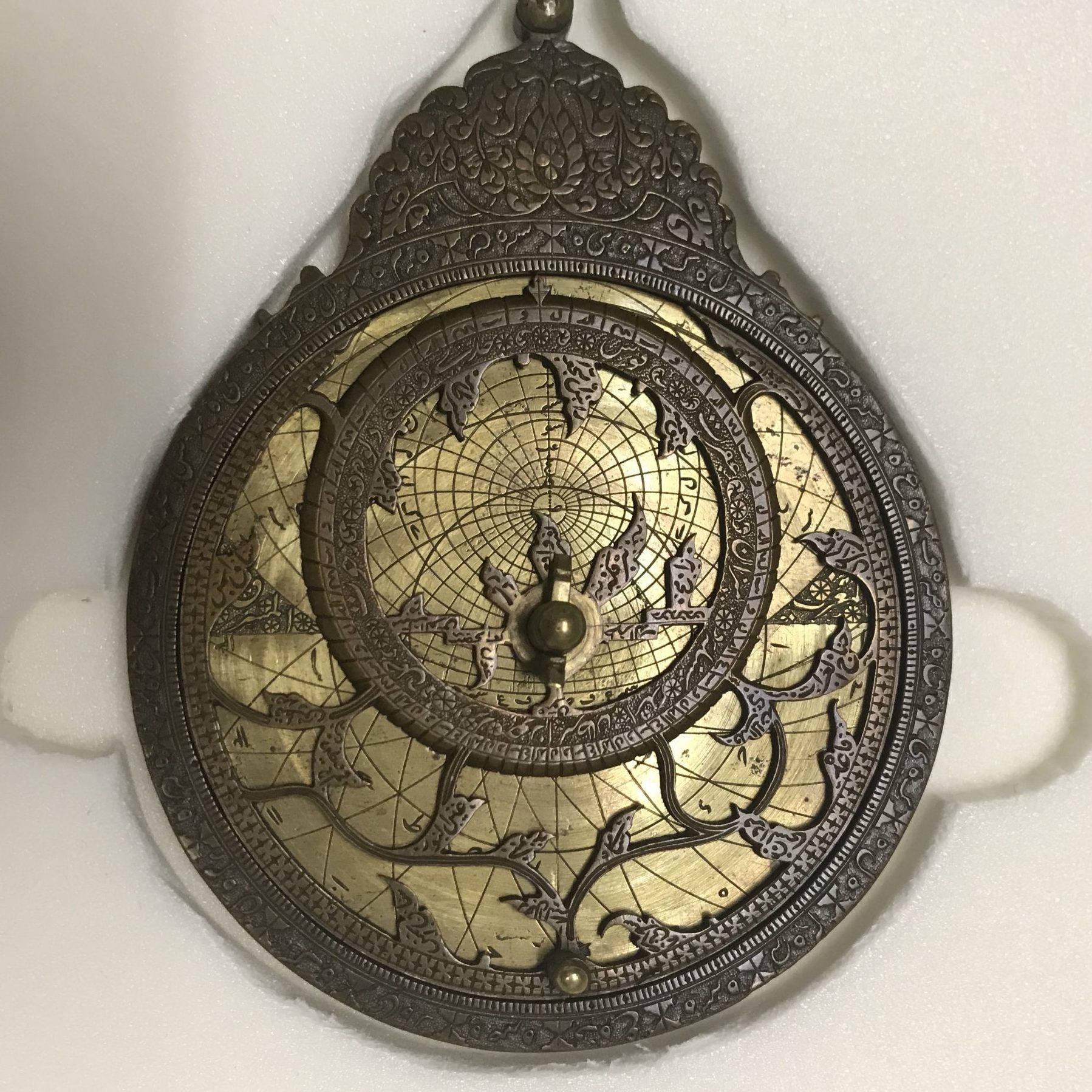
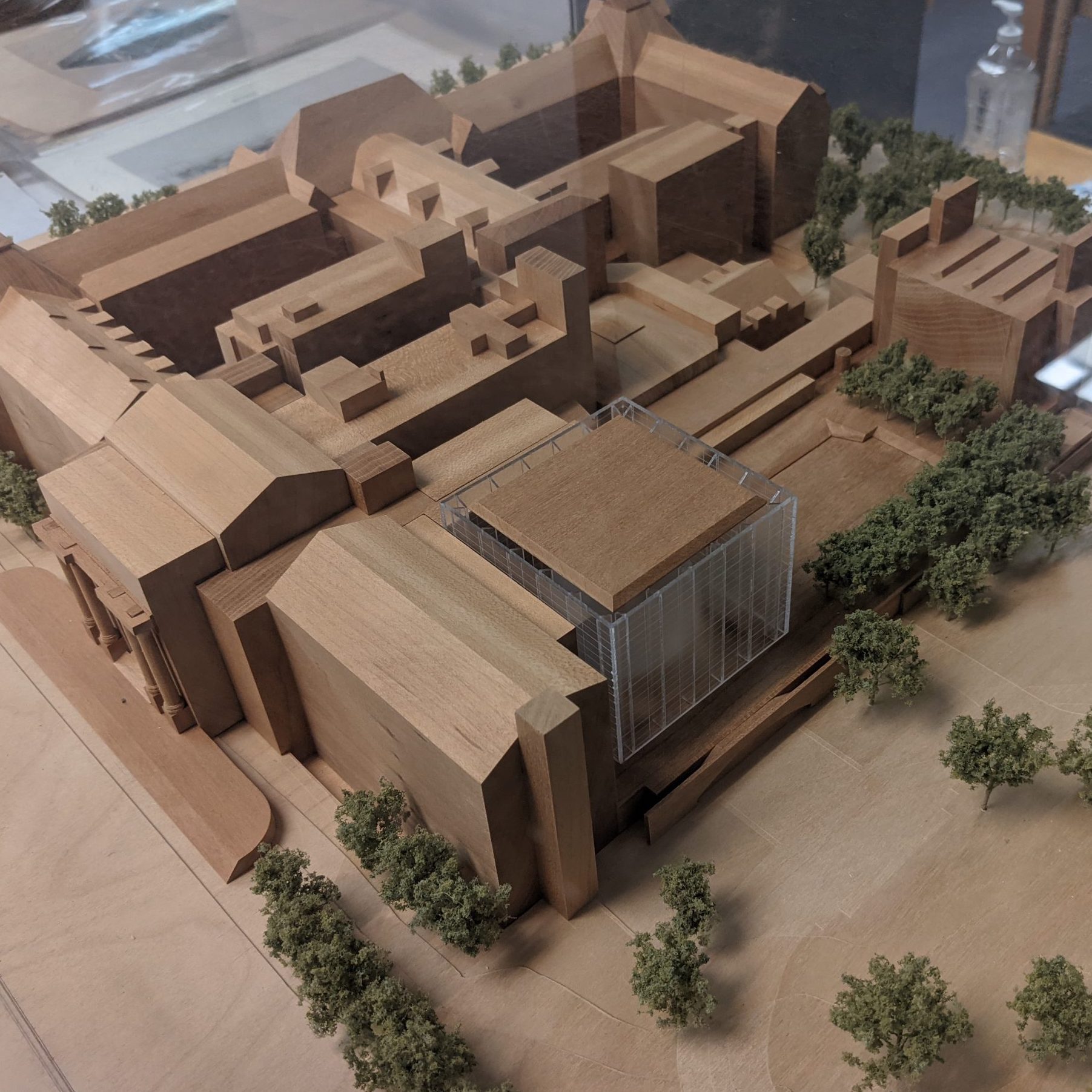
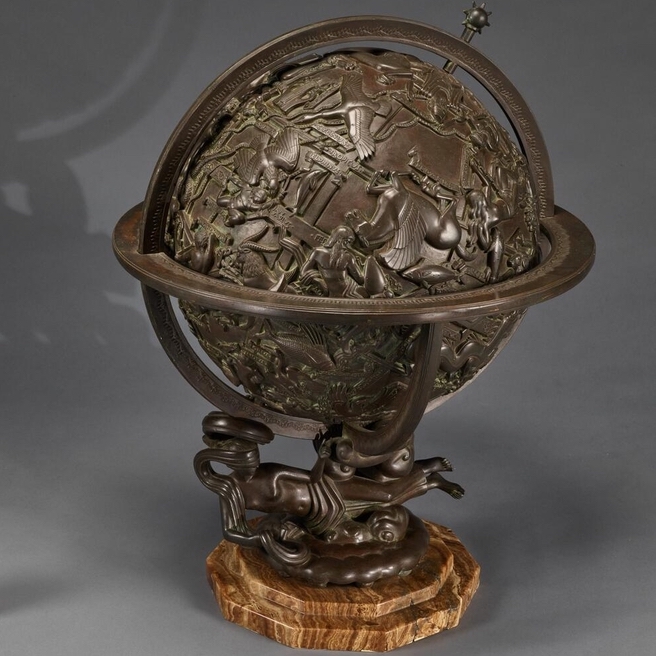
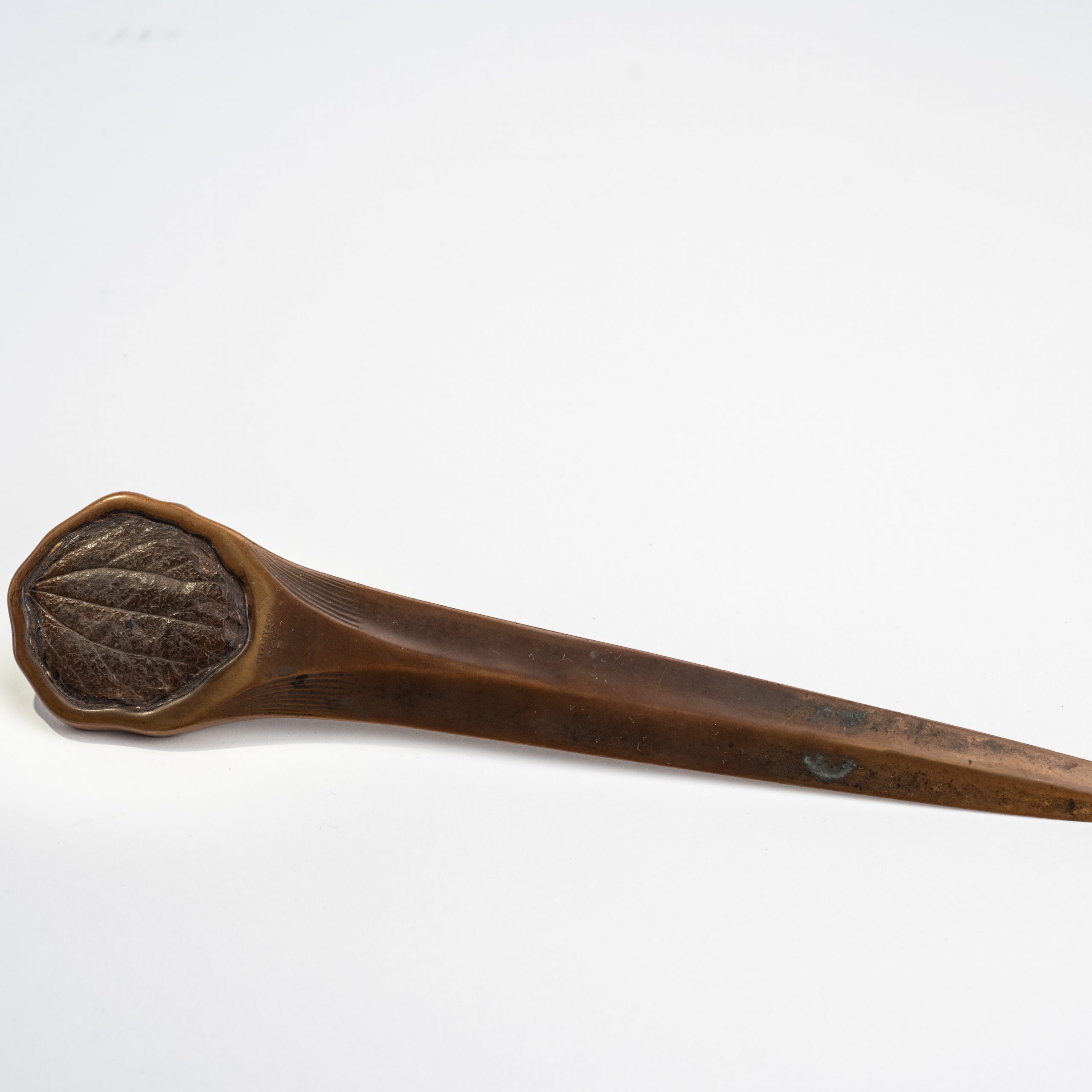
![Howard Russell Butler's [Hydrogen prominences]](https://futureoftruth.media.uconn.edu/wp-content/uploads/sites/2921/2023/01/k6584-square.jpg)

